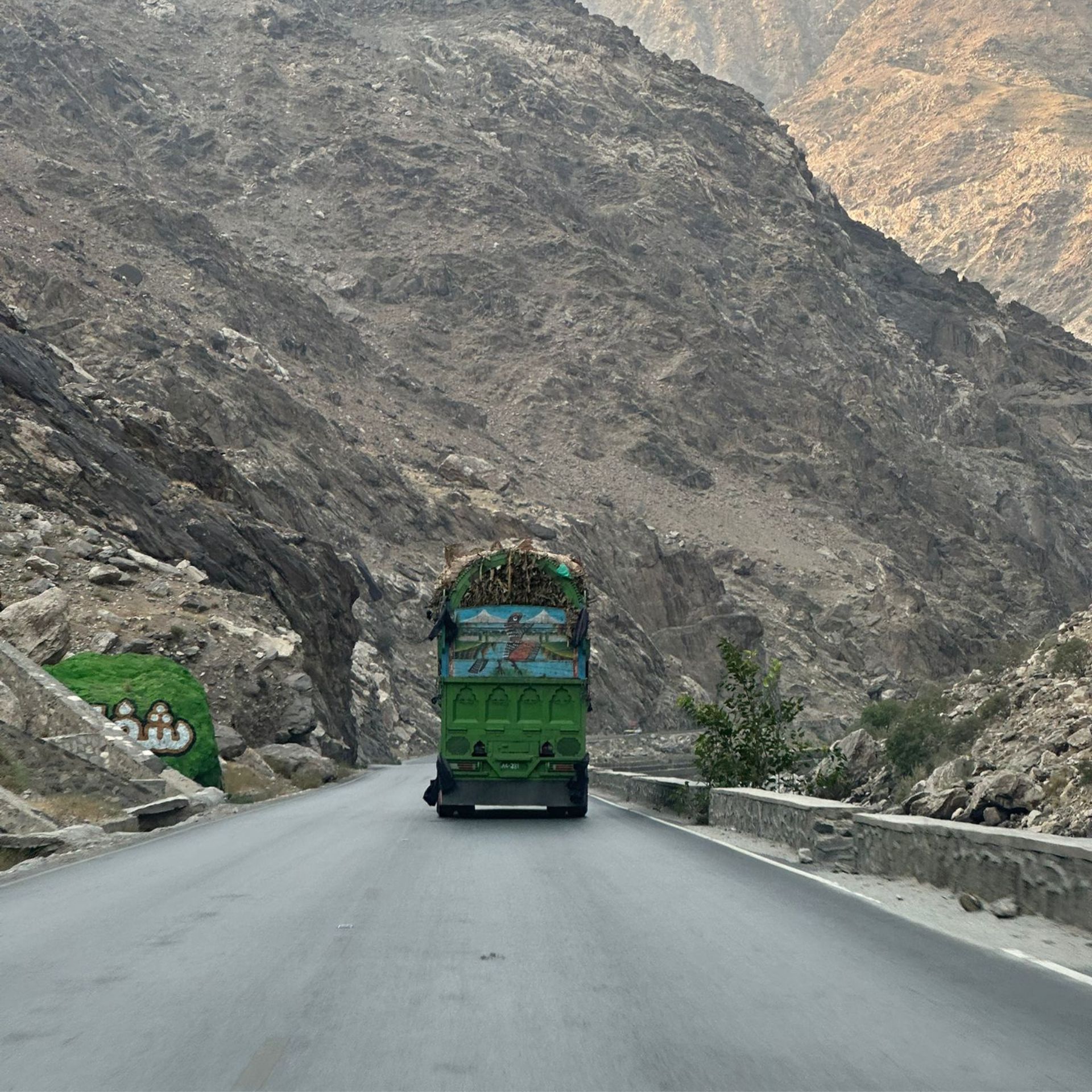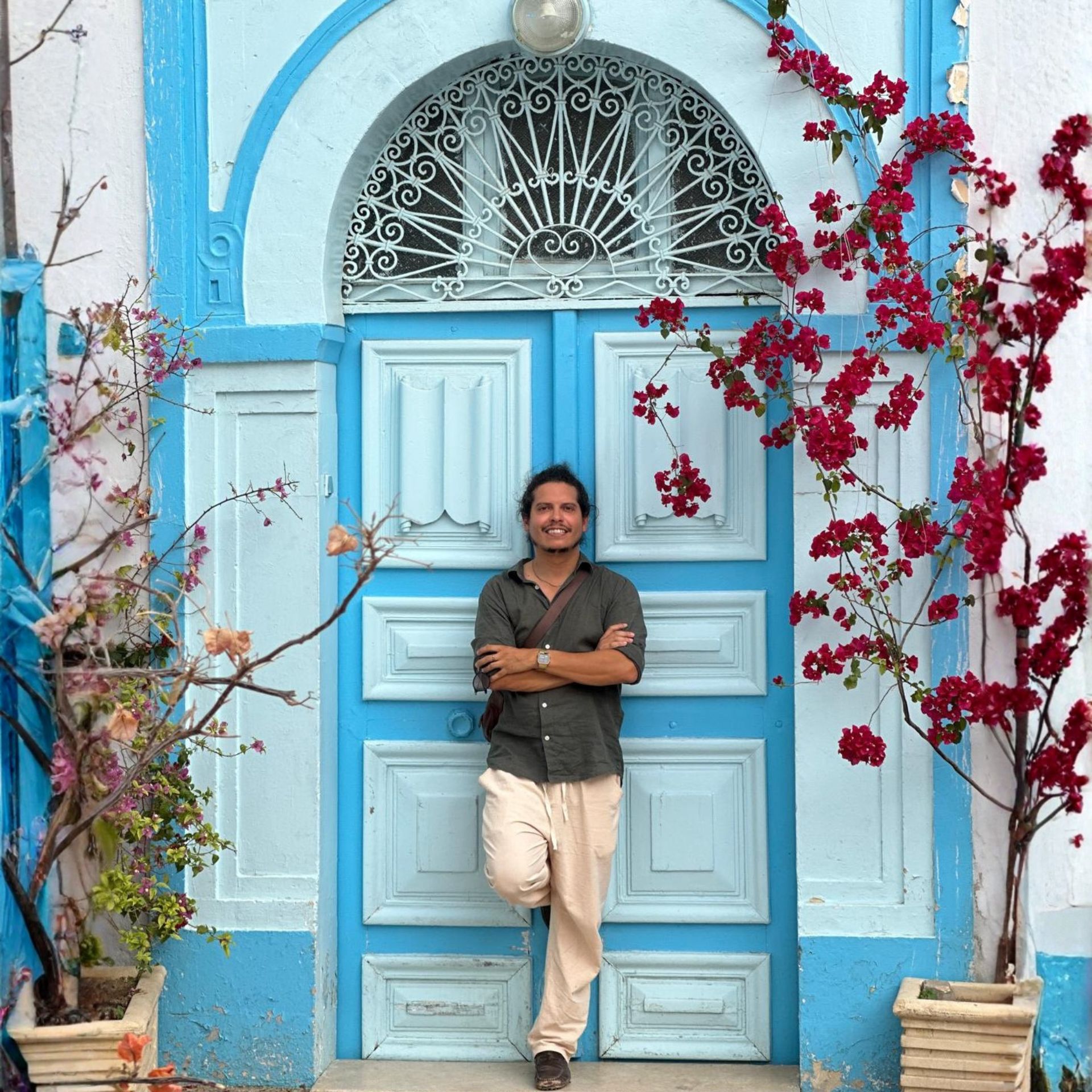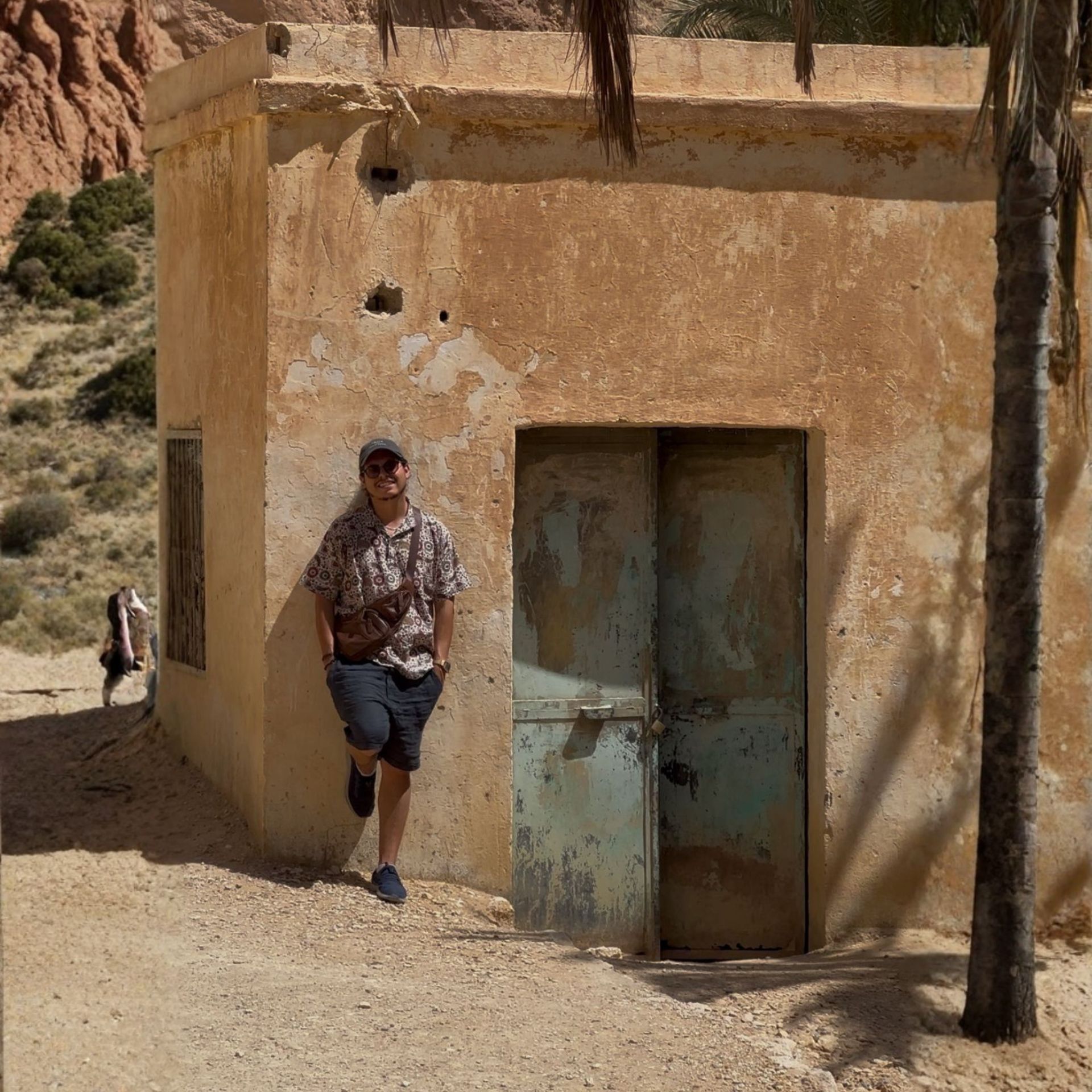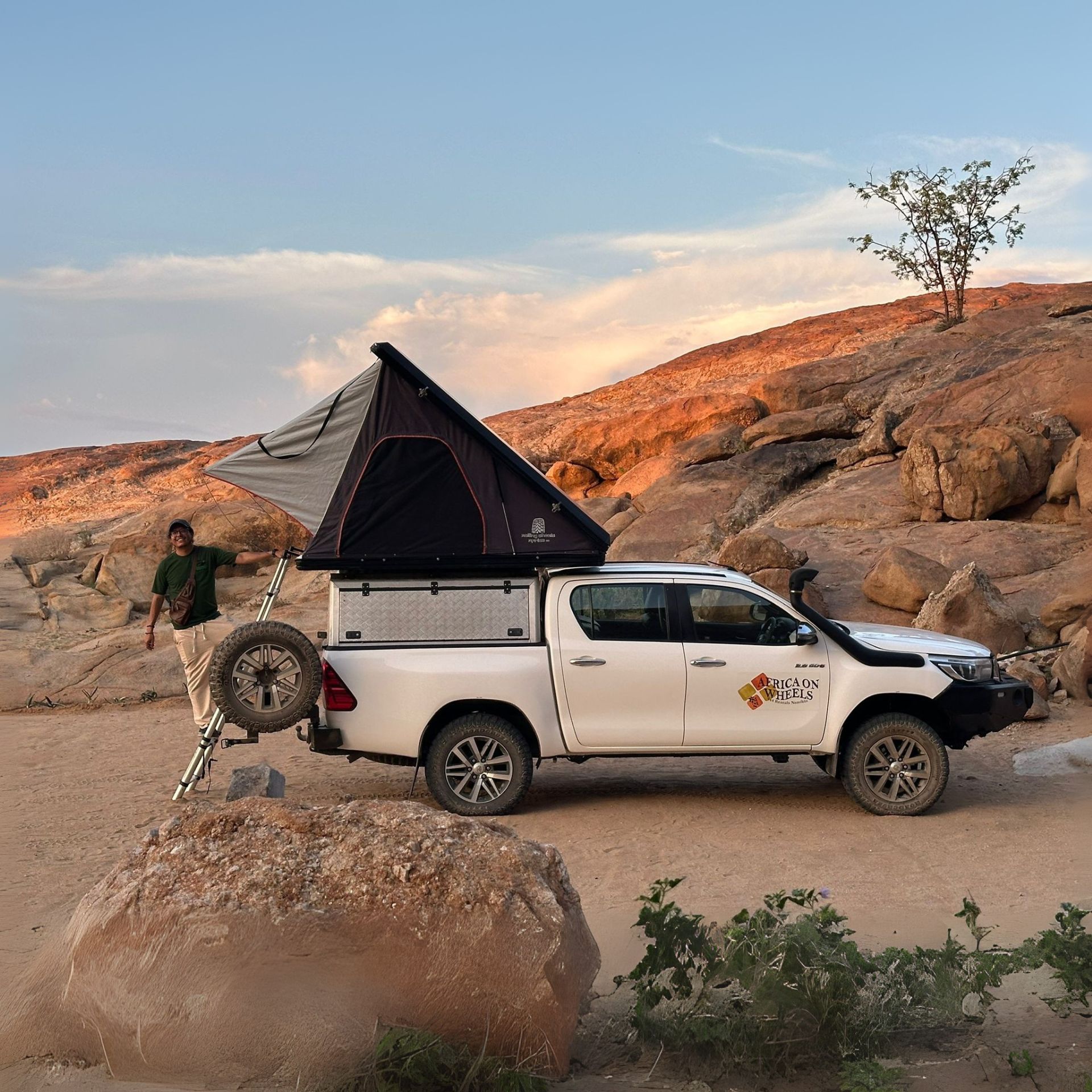With security and tourism increasing yearly in East Africa, here is a simple guide on crossing overland Kenya, Uganda and Rwanda.
Visiting Kenya, Uganda, or Rwanda as a backpacker has never been easier than now. Increasing infrastructure, a more significant traveling culture, better security, and more accessibility has turned East Africa into one of the hottest spots to travel today. Furthermore, gorillas, lions, and elephants turn this part of the world into one of the best and most affordable places to make safari trips.
Traveling overland is not hard when you are not a newcomer on the road. However, for those curious to explore these three African countries overland, border crossings and paperwork might look intimidating the first time.
Have I piqued your interest? Check this guide with everything you need to know about how to cross and navigate the border crossing between Kenya, Uganda, and Rwanda.
Read more: How to cross overland to Burundi from Rwanda, DRC and Tanzania
Read more: How to plan a safari trip on a budget
Read more: How To Choose The Perfect African Safari Trip

What is the East African Tourist Visa – One visa, three countries
Since 2014, travelers have acquired a joint visa for all three of these countries, the East African Tourist Visa, allowing unlimited access between them for 90 days.
It couldn’t have come at a better time. With its vibrant cultures, marvelous nature, and welcoming locals, the region is more popular than ever with backpackers looking for something different.
The East Africa Tourist Visa makes life easier for everyone. An individual e-visa for one of these countries costs 55 USD, while an East African Tourist Visa costs 100 USD. While applying for many visas in the region depends on your nationality, this visa is open to travelers from everywhere.
It is possible to apply for this visa online through any of the three countries’ relevant websites, but remember that you must use the countries’ websites where you are first arriving.
The application is also straightforward. Both Kenya and Rwanda require a photo with a white background and a picture of your passport’s biodata page (your passport must be valid for at least six months). In addition, Kenya will require hotel and flight reservation details, and Rwanda a visa application letter to the issuing authority outlining your travel dates and the primary reason for visiting.
All in all, the application process is relatively straightforward, and while it can take up to 7 business days, it often takes 24 hours for the process to complete.
Be aware: one strict rule regarding this visa is that if, during the visa’s validity period, you leave the region covered by the visa, then the visa will become invalid, and you will no longer be able to use it to reenter this region. Meticulous planning in advance is essential.
Read more: Best things to do in Kigali
Read more: Meeting the Batwa – Uganda’s forgotten tribe
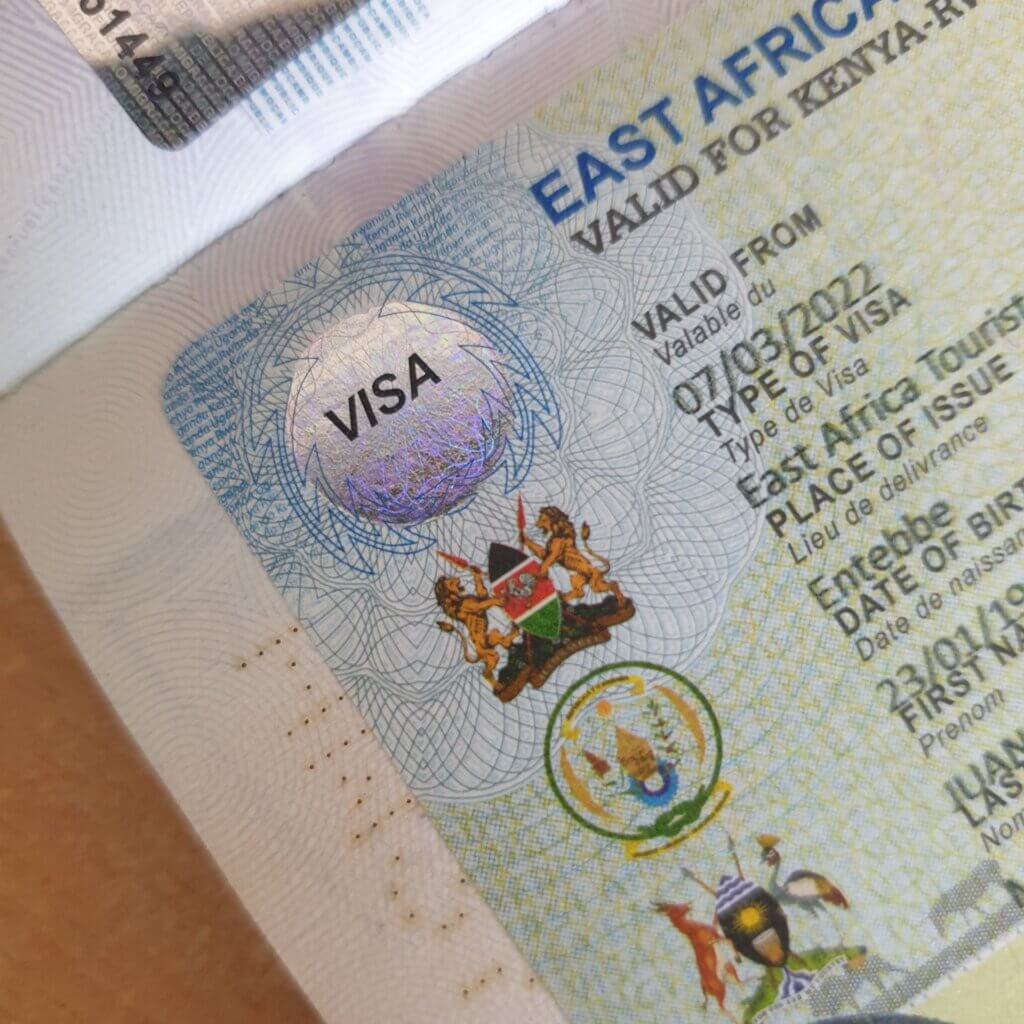
Traveling Africa overland
While flights exist between the three countries, I think traveling overland can be, in many cases, the best option. Bus services often run throughout the day, offering maximum flexibility, and are the cheapest alternative.
The region is well-served by a host of bus companies that operate in the area, including Easy Coach, Mash, Crown Buses, Kampala Coach, and Modern Coast, among others.
Kenya-Uganda crossing
There are 5 border points between Kenya and Uganda, but we recommend using either Busia or Malaba. These are the two main checkpoints equipped to deal with large volumes of traffic and are the only ones able to process digital documents. Various bus routes pass through these towns, and additionally, a train line runs through the crossing at Malaba.
Perhaps the best option for a traveler is to take the bus directly between the two countries’ capitals, Kampala and Nairobi. Prices range from 2300 to 3400 KES (about 20-30 USD). It takes around 13 hours, and services run every four hours.
Uganda-Rwanda crossing
Our recommended option is to take the bus directly between the two capitals of Uganda and Rwanda, Kampala and Kigali, respectively. It takes around 13 hours and passes between the two countries at the central crossing point at Katuna. The service runs every five hours, and the journey costs 60,000 UGX for a VIP seat, which has extra legroom and ensures a more comfortable journey.
NOTE: There are no direct crossings between Rwanda and Kenya.
Read more: How to cross from Djibouti to Somaliland overland
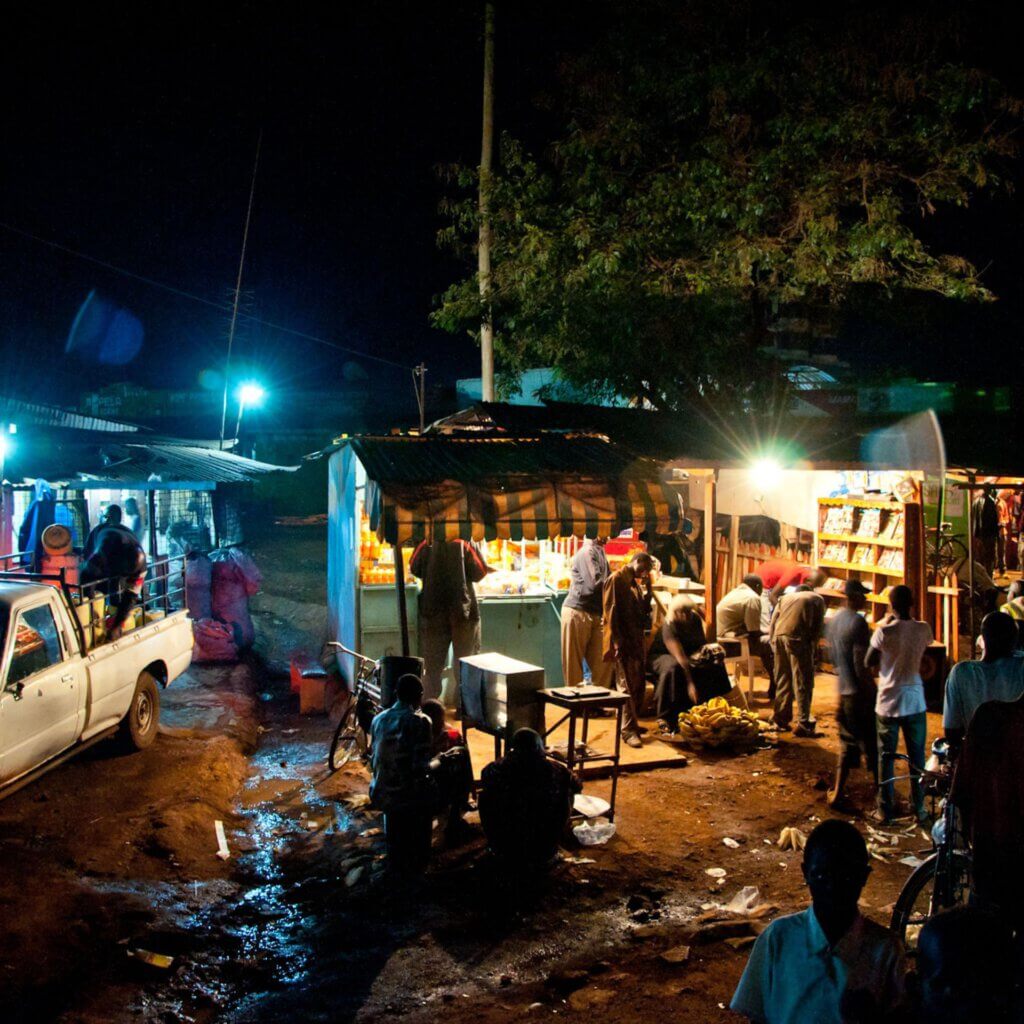
Things to keep in mind
As well to your East African Visa, other documentation will be required. As well as your passport, a Yellow Fever vaccination certificate will be needed to cross borders, so be sure to have that sorted before you travel.
Border security may also ask you your reasons for visiting their country and ask you to outline what your travel plan is, where, and, if applicable, who you might be staying with. Get ready to have evidence to hand, such as hotel reservations or, if you’re staying with a Couchsurfing host, conversations with them where you have arranged your stay. With this in mind, it’s worth planning your time well before entering a country.
Lastly, when traveling by bus, we recommend taking journeys that run through the night. Many buses don’t have air conditioning, so the trip will be much more comfortable, and of course, there are additional savings on accommodation for the night! Travelers report sleeping well on the region’s comfortable major roads.
I would also recommend taking a VIP seat on the bus for a marginal extra cost. Not only does this ensure extra legroom and comfort, but you have first priority at the sometimes lengthy border checks.
INSIDER TIP:
The best overland route in East Africa would be to arrive in Nairobi with an East African Tourist Visa and depart from Dar Es Salaam in Tanzania. You can travel counter-clockwise and visit Kenya, Uganda, Rwanda, Burundi (visa on arrival), and Tanzania (visa on arrival) haggle-free.
Read more: How to cross from Kenya to Tanzania overland
Read more: How to Plan a Road Trip in Malawi
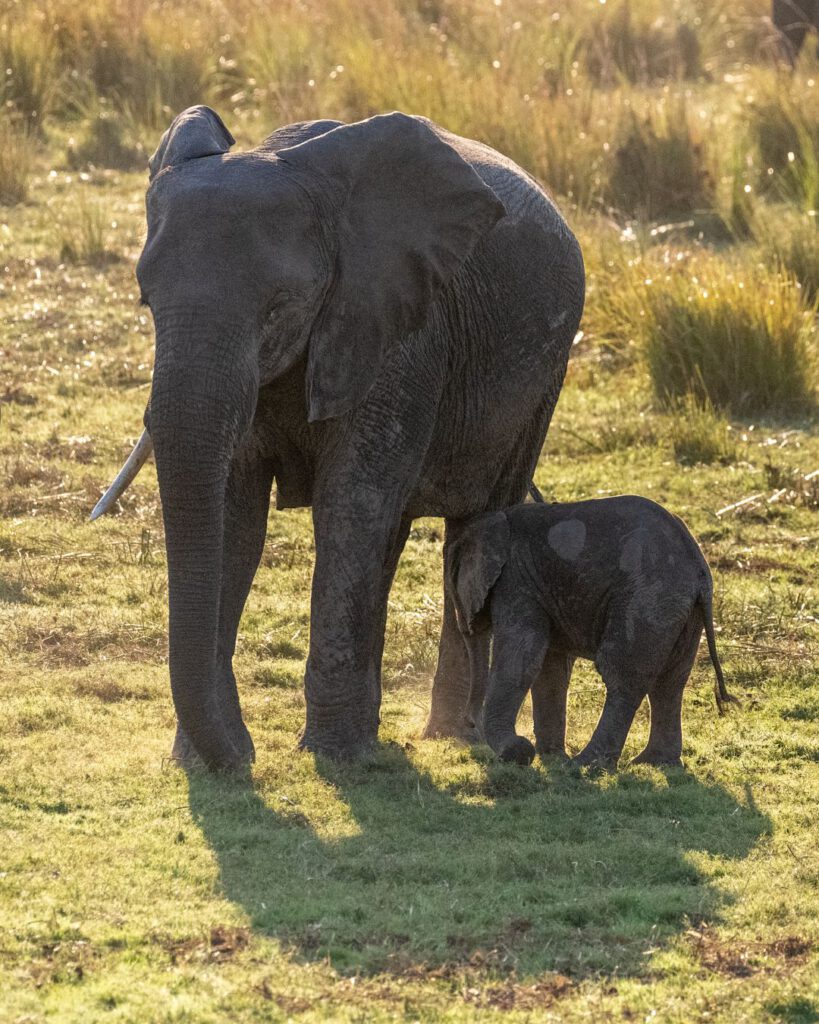
Internet connection across the East African borders
What is the best e-SIM for traveling in Uganda, Rwanda, Kenya, DRC and Burundi
When it comes to traveling in Africa, having a good internet connection all the time is essential. You never know when you might get stopped for no reason or what kind of weird document they might ask for at any time. I once had to provide a list of all the vaccines I’ve received since my childhood just to pass through, all because my vaccines didn’t match those of my travel partner.
When traveling, I started using e-SIMs from Flexiroam or Airalo. I love these two companies, and when crossing the borders between East Africa, I recommend getting a Global Plan from Flexiroam and activating it when crossing. Once settled in, I prefer to get a local physical SIM to save some costs. However, Flexiroam has been a lifesaver.
Global Plans for Flexiroam start at 10 EUR, and I recommend the 180-day, 10 GB plan worldwide. This one costs 59 USD and is perfect for travelers in Africa.
How to get an e-SIM from Flexiroam:
- Verify if your phone is e-SIM compatible (just Google your phone model and the word “e-SIM”).
- Buy a Global Plan here (or a country plan, but it tends to be more expensive if you’re traveling to different countries).
- Download the Flexiroam app and create an account.
- Activate your e-SIM.
- Provide the code of your Global Plan (You will receive the code via email after your purchase).
Read more: A complete guide for e-SIM cards when traveling around the world
Read more: Why You Need To Do A Gorilla Trekking In Rwanda
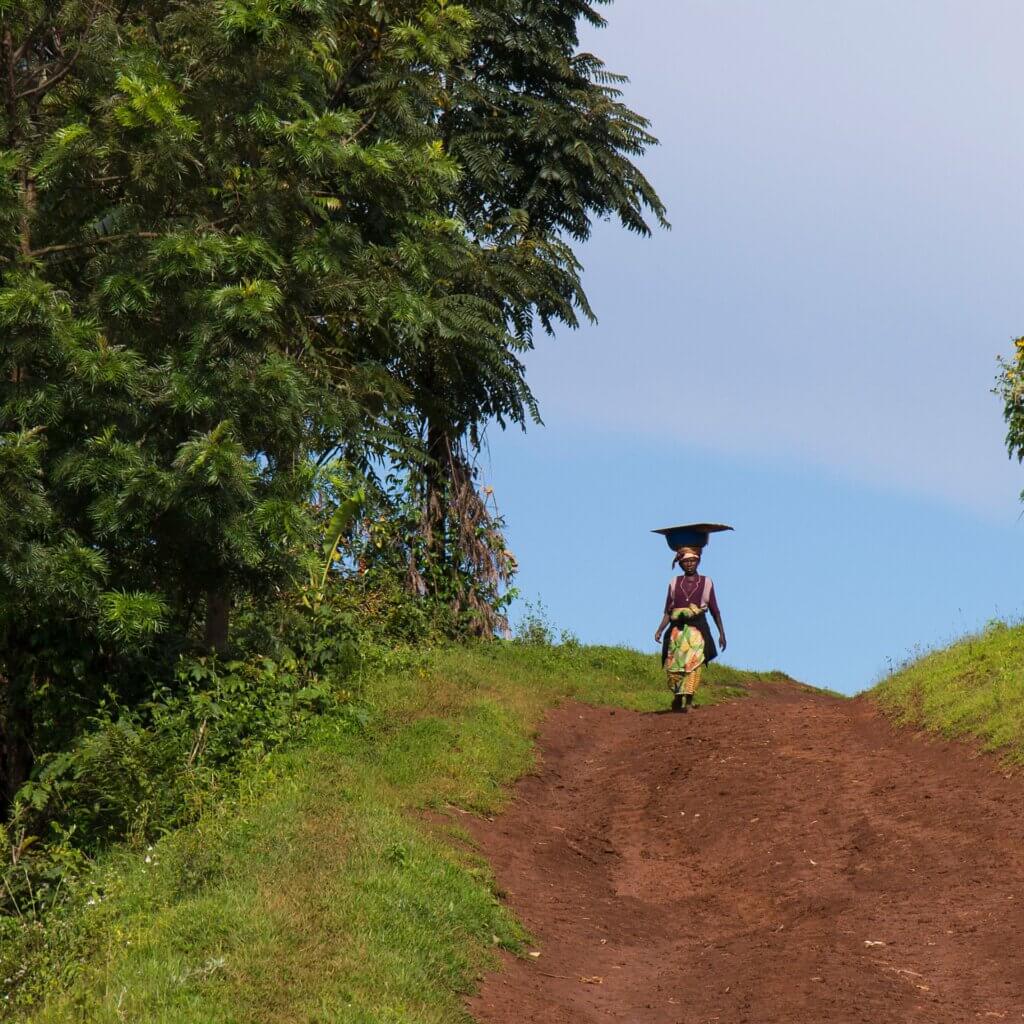
Planning a trip to Rwanda independently is fun. However, if you want to arrange everything with tour operators beforehand from the comfort of your home. SafariBookings is the best platform for it.
They have the largest database of tour operators in Africa and you can simply send a request and negotiate a tour and a price directly with the operator. You don’t have to pay any additional fees.
These are some of the most popular tours in Rwanda at SafariBookings


